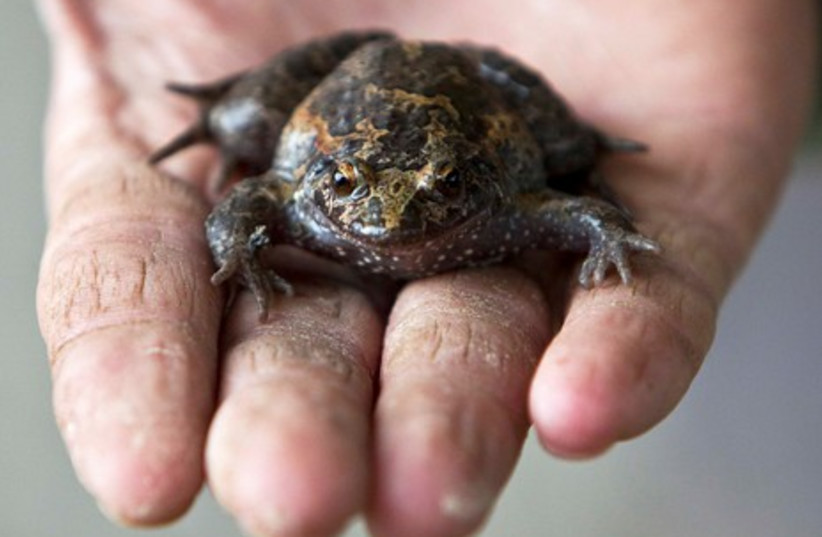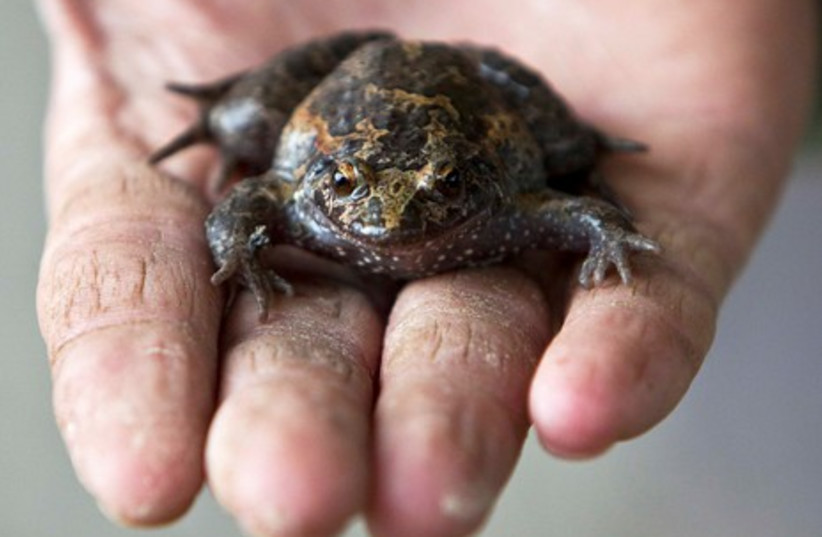
Despite previous understandings of the relationship between a species’ body size and the probability for its extinction, a new Tel Aviv University study released on Thursday challenges this perception by indicating that probability for extinction is actually correlated to the number of offspring.
This peer-reviewed study was published this March in the academic journal Global Ecology and Biogeography.
The widely accepted extinction theory indicates that larger species are at greater risk of extinction, supported by the number of large mammals on the verge of extinction. However, this was contradicted by the number of small amphibians near extinction. The study found the relationship might be between extinctions and number of offspring instead, as smaller amphibians, who produce smaller amounts of offspring per batch, are closer to the brink of extinction.
Smaller amphibians, such as rain frogs, produce fewer offspring at a time, compared to larger species like the American bullfrog which can lay up 80,000 eggs at a time. This means that larger amphibians have a reduced threat to the species and greater variation among the offspring.
This study gives a greater insight on how habitat destruction through global warming can increase the risk of extinction. By harming one generation, the population is drastically decreasing. For scientists, understanding the factors of extinction is a very high priority. Analyzing data from various amphibians, such as salamanders or frogs, researchers studied their reproductive capabilities and also found gaps between those species and mammals regarding body size and risk of extinction.
“More babies per clutch or birth means more variety among the babies,” Dr. Daniel Pincheira-Donoso, lecturer in Evolutionary Biology and Macroecology from the School of Biological Sciences at Queen’s University, said in a statement. “To some extent, it is like playing the lottery: the more tickets you play the higher your chances to win. In this case, more numerous and diverse babies increase the chances that at least some can survive the stress of environmental alterations, such as progressive climatic changes.”
“Protecting nature begins with basic science, like this study which gives us more tools to understand the processes of extinction,” explained Prof. Sari Meiri from the School of Zoology at Tel Aviv University, who contributed to the study.
if(window.location.pathname.indexOf(“656089”) != -1){console.log(“hedva connatix”);document.getElementsByClassName(“divConnatix”)[0].style.display =”none”;}
“As we learn more and understand these processes better, we can focus our preservation efforts and point to new, untried directions. An emphasis on the number of offspring rather than body size will help us examine which species and/or geographical regions require protection. In this way the present study can provide a basis for more effective activities in the global struggle against biodiversity loss.”
Contributors to the international study also included researchers from Queen’s University Belfast, Nottingham Trent University, Exeter University, and the University of Lincoln.




